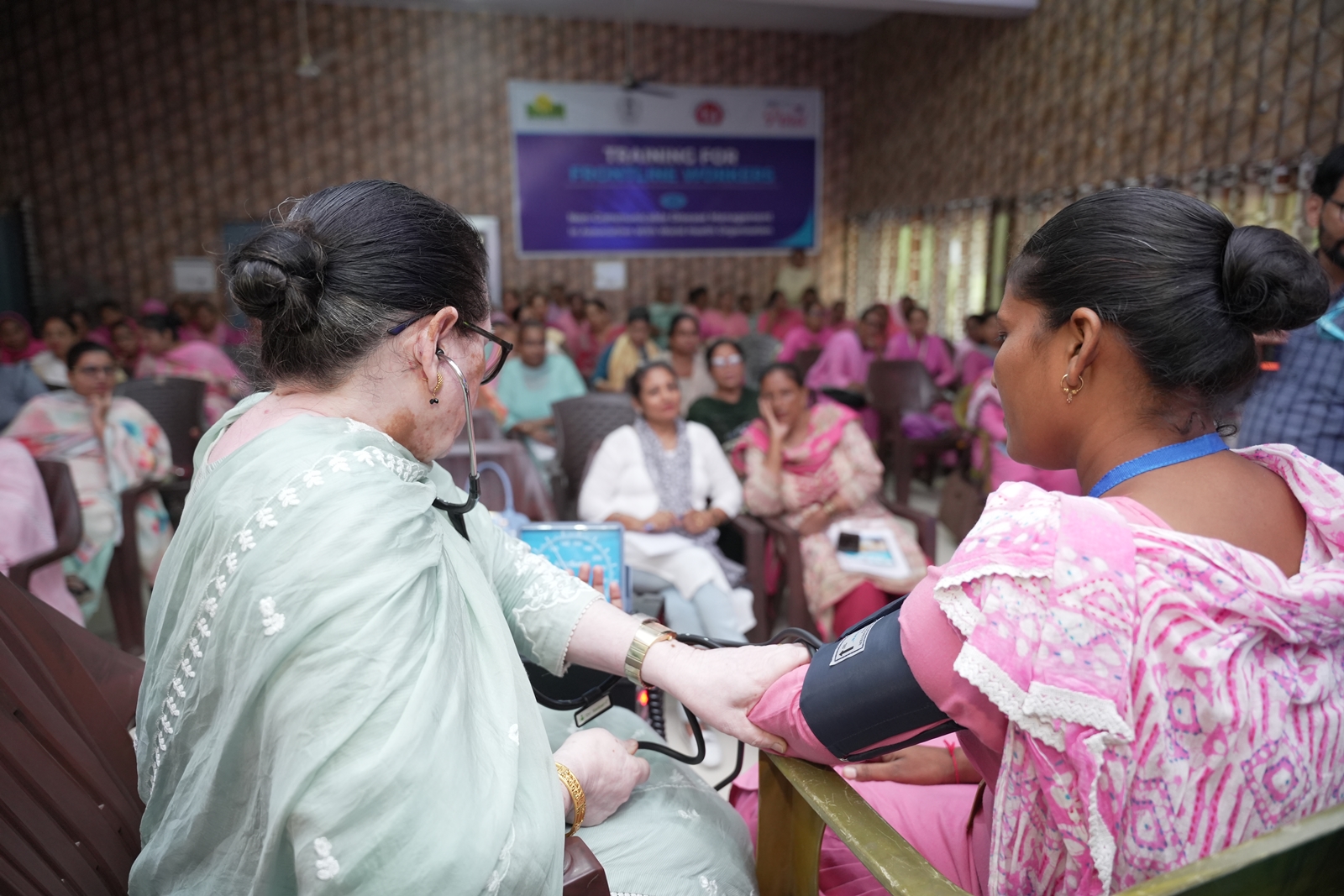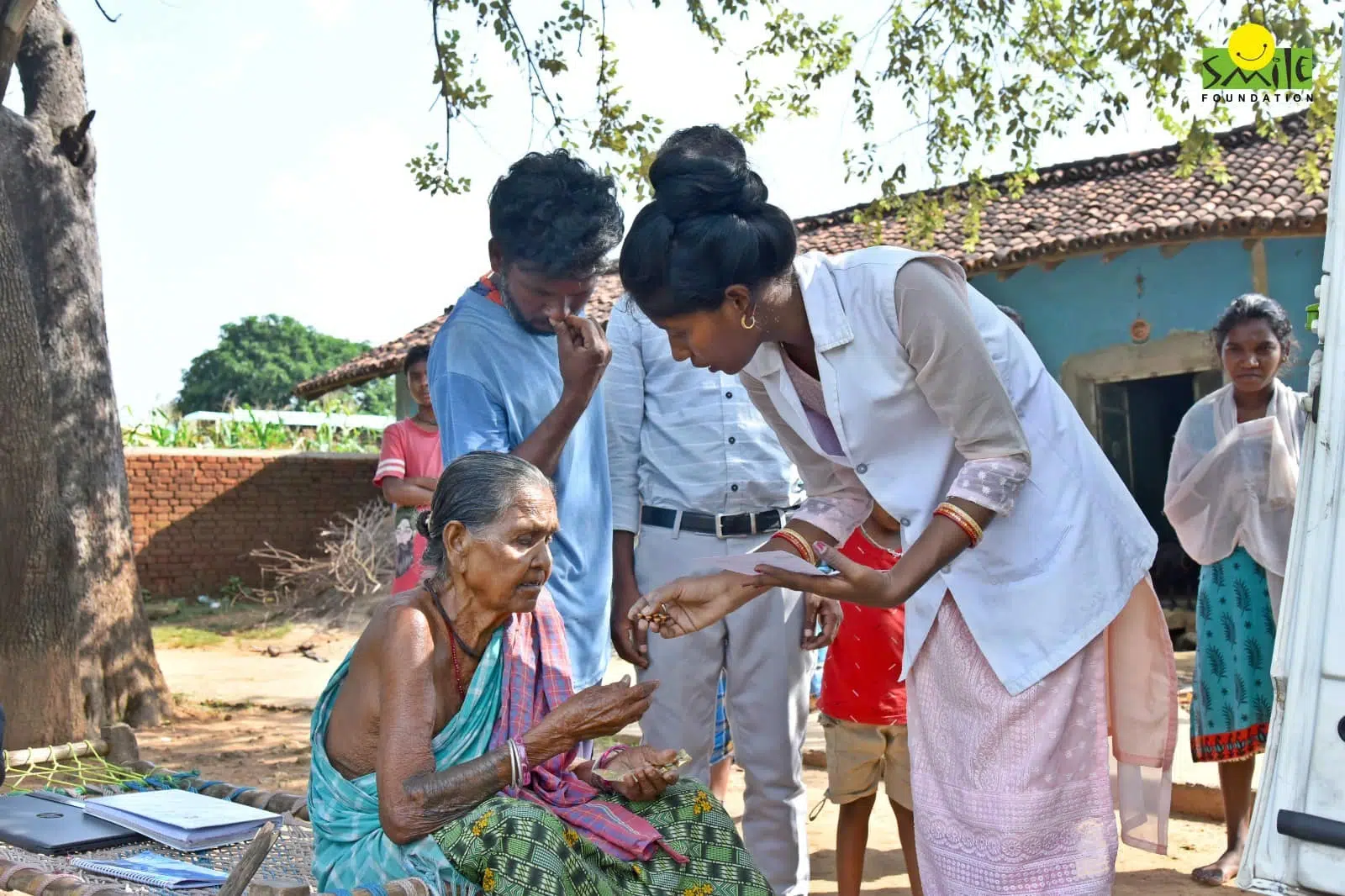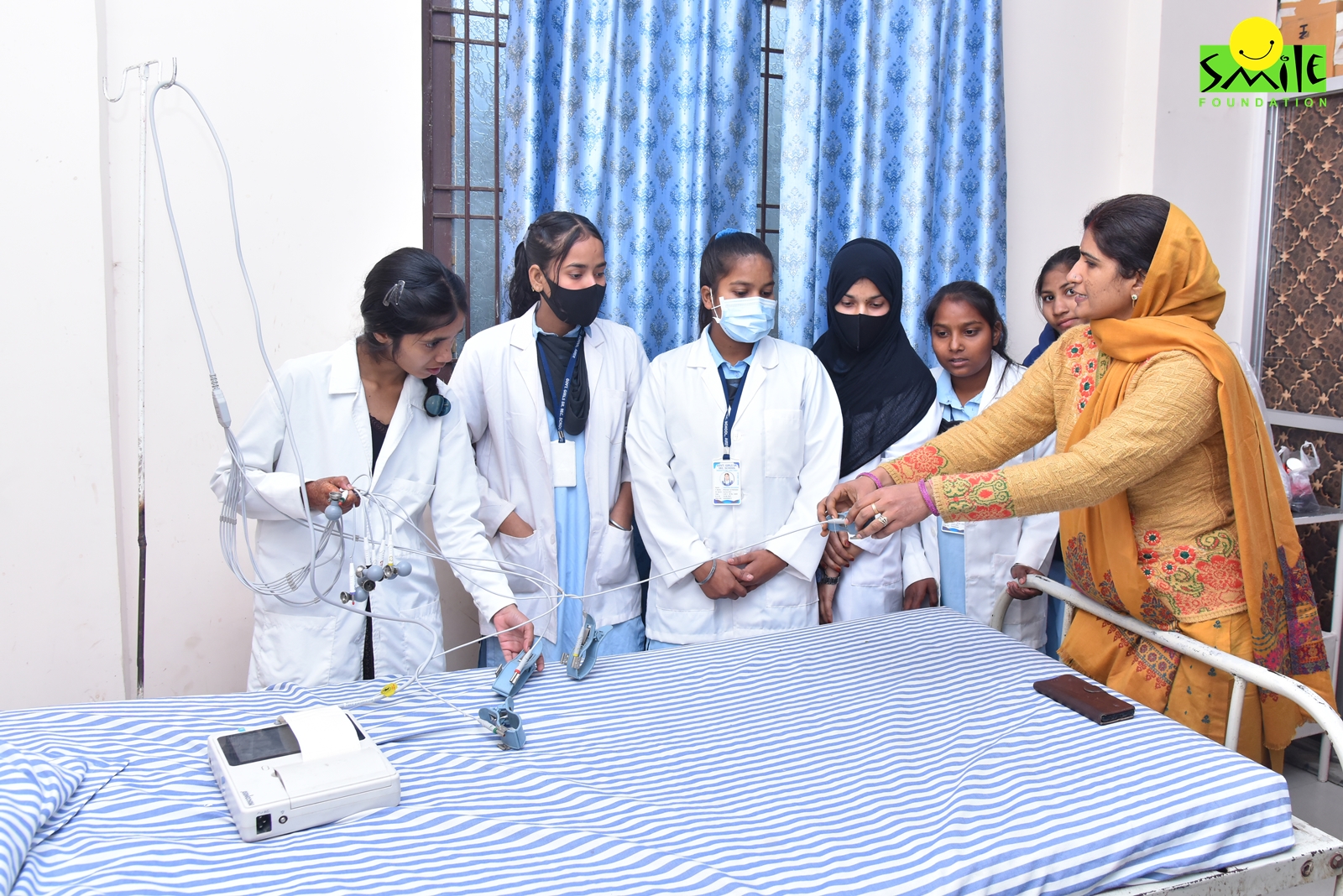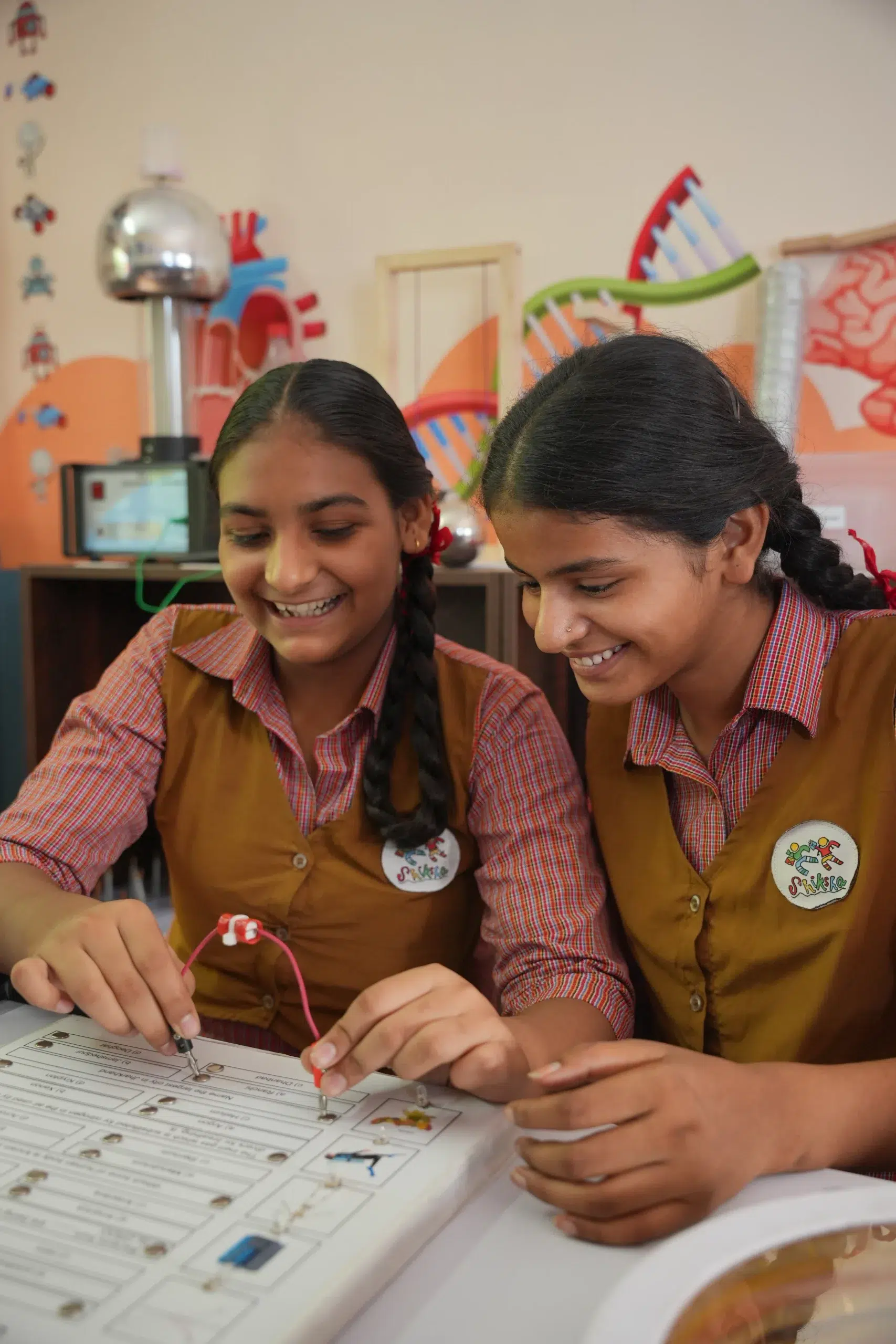Gone are the days when youngsters blindly continued their ancestral businesses, ignoring their interests and potential. These days, students across the country without much geographical barriers have started to explore and enter into various career paths. They have also been shining brightly. The government, along with various organizations, has been pulling all the strings to ensure that they choose the right career path. While the above information remains factually correct, it is also true that many students, especially those from rural areas, are struggling without being aware of diverse career options. As a result, they often end up pursuing what their elders or neighbours pursued, without identifying their interests. This is where career guidance programs play a vital role. Before we discuss the importance of career guidance programs, let’s understand the educational system in rural areas.
Status of the educational system in rural India
There is no denying that the percentage of school-going children has been constantly increasing in the rural parts of the country. Thanks to efforts put in by both the government and non-government bodies in ensuring children attend schools. The 14th Annual Status of Education Report (ASER), published by Pratham Foundation, an NGO, in January 2025, after surveying about 6.5 lakh children in 17,997 villages, has made it clear. According to the report, the overall enrollment of students aged between six and 14 years remains high at 98.1%, and the proportion of out-of-school children has come down from 13.1% in 2018 to 7.5% in 2024.
In line with the enrollment ratio, progress has been seen in terms of learning outcomes as well. As per the report, the proportion of Class III students who can read a Class II-level text has increased to 23.4% in 2024 from 16.3% in 2022. Similarly, arithmetic proficiency of lower grade students has gone up from 20.2% in 2022 to 27.6% in 2024.
Despite the improvement in the enrollment and improvement in lower grades, learning outcomes continue to remain low in higher grades. The report says that only 45.8% of class VIII students can perform basic arithmetic in 2024. Not just that, many of the government schools in rural areas do not have proper infrastructure facilities, including toilets and drinking water facilities. Several schools do not have a sufficient number of qualified teaching faculties. These factors, in turn, prohibit students, especially girls, from putting their 100% into studies. As a result, the overall development of students as they near completing school studies is disrupted.
What is a career guidance program?
A career guidance program is an initiative designed to help students or job seekers in choosing a career based on their interests and skill sets. It will help them to explore, plan, and make informed decisions about their career paths. It will also ensure that the students are equipped with the knowledge and skills to make such informed decisions.
These career guidance programs support students in understanding their interests, strengths, and skills required for various careers through a range of activities, resources, assessments, and expert advice. It guides students in taking up unconventional paths and excelling in their chosen path.
Importance of career guidance programs
Career guidance programs play a vital role in students’ lives. In recent times, such programs have become essential across the country, especially in rural areas. For it is in rural and remote areas students lack sufficient resources, exposure to various career options, and are brimming with geographical and economical barriers. Career guidance programs are a boon to those students since they help them in shaping more informed, empowered, and successful futures. Below are some of the reasons why career guidance is essential in rural parts of the country.
1. Breaking stereotypes: Career guidance programs, in general, challenge societal norms. In rural India, gender-based and caste-based expectations are deeply ingrained. Since these programs encourage students to explore and pursue careers that have been traditionally dominated by one caste or one gender in the region, it can be particularly transformative. For instance, many conservative societies encourage girls to pursue only caregiver roles like domestic work, nursing, or teaching, while boys are steered towards careers in engineering and administration. The career guidance programs will blur the gender and caste line and expose students to a broader range of professions. It shows that anyone can achieve in any field if they have the potential. Through exposure to successful personalities in non-traditional careers, they inspire students to follow their passions. These programs often involve community leaders and parents in order to change the collective mindset and encourage families to support their children in pursuing diverse careers. By breaking down such stereotypes, one could aim towards creating a social and gender-balanced workforce.
2. Awareness of career options: These programs attempt to bridge the gap between limited career opportunities perceived in rural areas and the broader range of available possibilities by providing required knowledge, resources, and guidance to students. For instance, many families in rural areas limit their career options to farming, teaching, healthcare, or local traders. With the advancement of technology, new fields like data science, artificial intelligence, renewable energy, and digital marketing are emerging. But many don’t seem to be aware of these opportunities. By attending these programs, one can become aware of these growing fields. For these programs conduct workshops, seminars, and awareness campaigns where experts from various industries talk about the scope of different professions. Possibilities of gaining firsthand knowledge of various careers by talking directly to experts are there. This awareness will help them in understanding the prerequisites and the potential for growth in different sectors. Thereby, they can analyze how they can pursue these opportunities, even if they are not common in their immediate environment.
3. Skill development: In rural areas, where access to quality education and vocational training is limited, career guidance programs provide valuable resources and support to enhance employability and career readiness. These programs help students to assess their strengths, weaknesses, and interests. Once individual skills and aptitudes are identified, these programs provide customized advice on the skills needed for various career paths. This ensures that students focus on developing the right skill sets that align with their aspirations. Several programs also use tools like psychometric tests or interest inventories to help students discover their areas of interest. This process encourages students to explore skills relevant to their chosen career paths and understand how they can develop those skills further. Their role just doesn’t end there. They collaborate with educational institutions or industrial bodies to provide certificate courses in various fields, including hospitality and digital literacy. These certifications in turn will enhance their employability. They also focus on helping students improve their communication skills, including speaking, writing, and listening, and soft skills like teamwork, conflict resolution, and networking. This in turn will help them to communicate effectively. Since entrepreneurship is a viable career option, they also provide training in business skills like marketing, branding, sales, and financial management that are crucial to starting their own business.
Smile’s Work
Smile Foundation has been actively addressing the educational challenges faced by children, particularly in rural areas, through various initiatives:
- Project Manzil: This initiative focuses on empowering adolescent girls by enhancing the quality of vocational education. By collaborating with schools, students, and industry, the project aims to help girls realize their career goals and educational aspirations. The project benefited over 44,000 girls in grades 9-12 across six districts in Rajasthan.
- On-the-Job Training (OJT) Program: As part of Project Manzil, more than 5,000 girls from six districts in Rajasthan have completed an immersive 80-hour training across eight vital trades, including IT, healthcare, beauty & wellness, security, automobile, agriculture, apparel, and retail. This program enhances employability skills and opens new avenues for their future careers.
- Shiksha Na Ruke: This program ensures continuous education for children by providing digital literacy and learning access to rural and tribal children. It also offers merit-based scholarships for girl children, focusing on holistic development.
- Child For Child (CFC) Program: Launched in 2006, this initiative aims to inculcate a conscience and value system in children, helping them grow into responsible citizens and change-makers. By sensitizing privileged children about the challenges faced by underprivileged kids, CFC fosters empathy and social responsibility.
Through these initiatives, Smile Foundation is making significant strides in providing career guidance and educational support to children in rural areas, ensuring they have the resources and opportunities to pursue their aspirations.
In recent times, career guidance programs have become essential in the rural parts of the country. For they have been helping millions of students in bridging the gap between educational aspirations and employment opportunities. Not just that, they have also been helping students in identifying the right career paths that align with their potential and interests. By educating students about various career options, they have not just been playing a transformative role in breaking the cycle of poverty but also fostering sustainable development.









